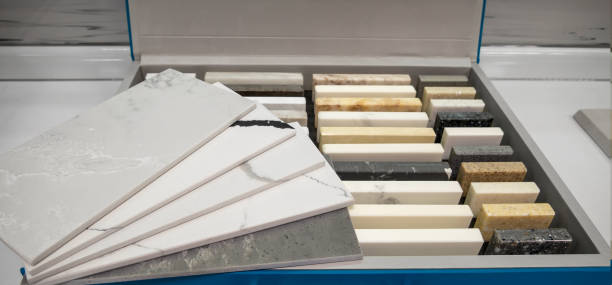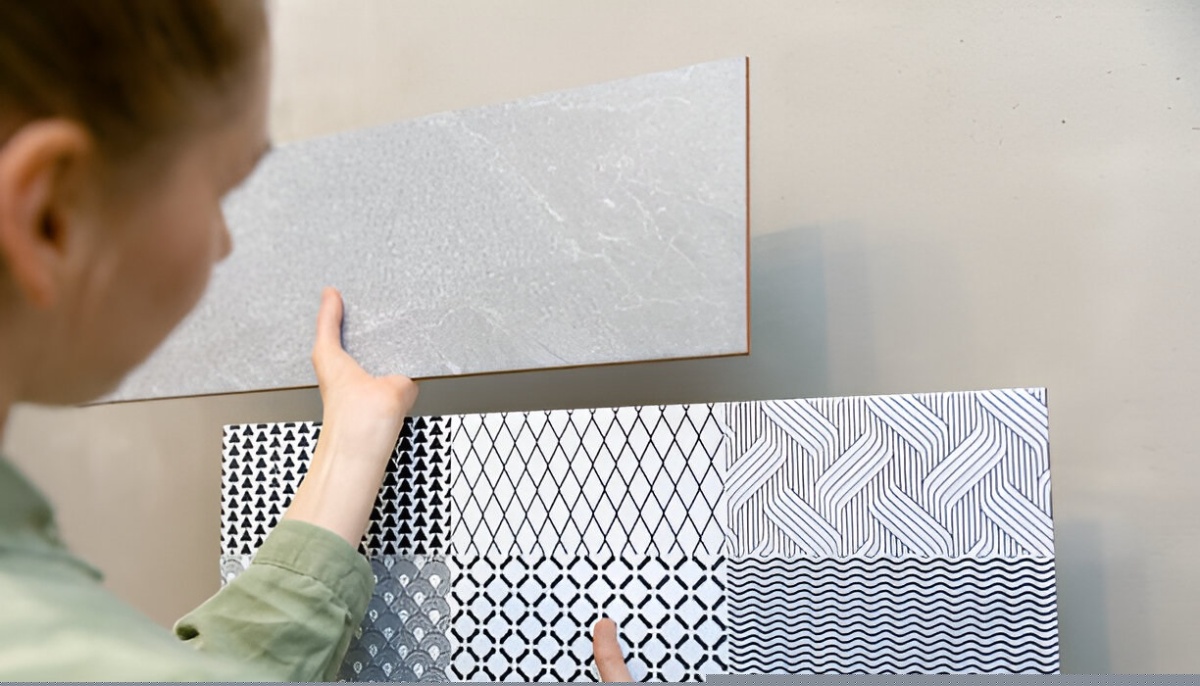Understanding Shade Variations and Caliber Control in Tile Production
- Home
- Utility
- News & Blogs
- Understanding Shade Variations and Caliber Control in Tile Production
Understanding Shade Variations and Caliber Control in Tile Production
In the world of ceramic and porcelain tile manufacturing, two key quality aspects that often go unnoticed by buyers but are crucial for installers and architects are shade variation and caliber control. These technical parameters ensure consistency, aesthetics, and seamless tile installation across any space.
What Is Shade Variation?
Shade variation refers to the difference in color tones or surface appearance between tiles, even within the same production batch. This occurs due to:
-
Natural mineral composition differences
-
Firing temperatures in kilns
-
Inkjet printing behavior
-
Surface glaze application variation
Manufacturers grade these variations using a standardized V-rating scale from V1 (uniform) to V4 (high variation). While V1 ensures uniformity, V3 and V4 are popular for stone-look or wood-look tiles where a natural, dynamic appearance is desired.
What Is Caliber in Tile Production?
Caliber refers to the actual dimensional size of a tile, measured post-firing. Due to the shrinkage during kiln firing—typically 5–10%—tiles may not always match the nominal size printed on the box. This is why tiles are sorted by caliber numbers to ensure uniform installation.
For example, a tile labeled as 600x600mm may have an actual size of 597x597mm or 601x601mm. Even a 1-2mm difference can disrupt grout lines if caliber is not consistent.
Why Shade & Caliber Control Matter in 2025
With increasing demand for large-format tiles and rectified edges, even minor inconsistencies in shade and caliber can lead to visible flaws in high-end installations. Modern factories now use automated scanning systems, laser dimensioning tools, and AI-assisted sorting to ensure tighter control over batch consistency.
Tips for Buyers & Installers
-
Always buy 5–10% extra tiles from the same batch number for replacements.
-
Confirm shade code and caliber number on every box before installation.
-
Mix tiles from multiple boxes during installation to minimize visible pattern clusters.
Conclusion
In today’s precision-driven tile industry, understanding and managing shade variations and caliber differences is key to delivering a visually perfect and technically sound space. Whether you're a distributor, contractor, or designer, being informed on these aspects ensures better project outcomes and long-term satisfaction.






